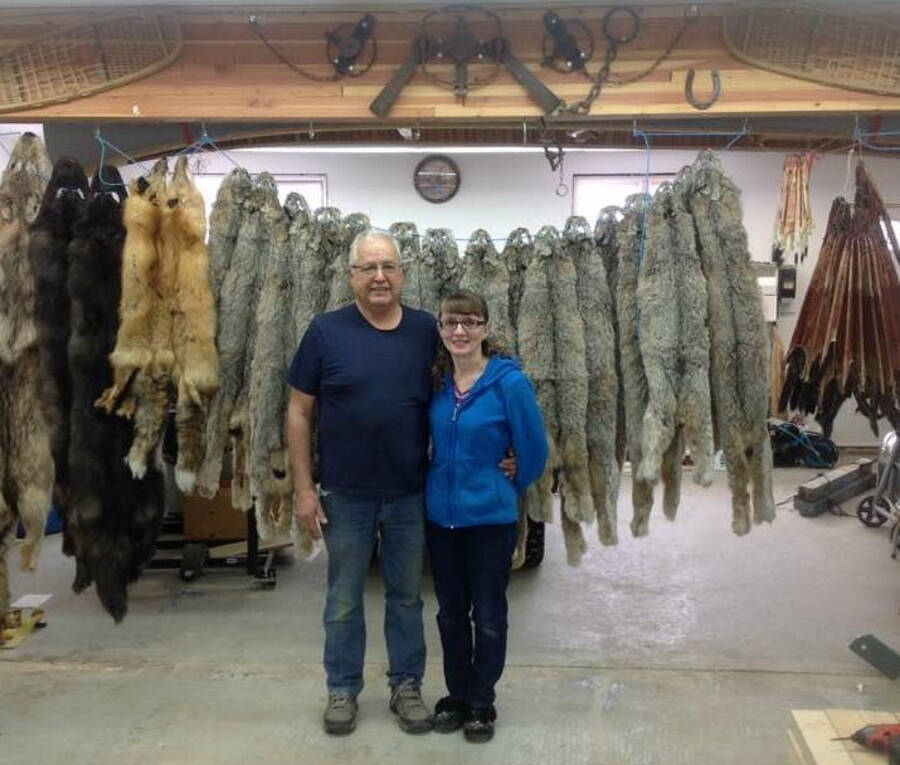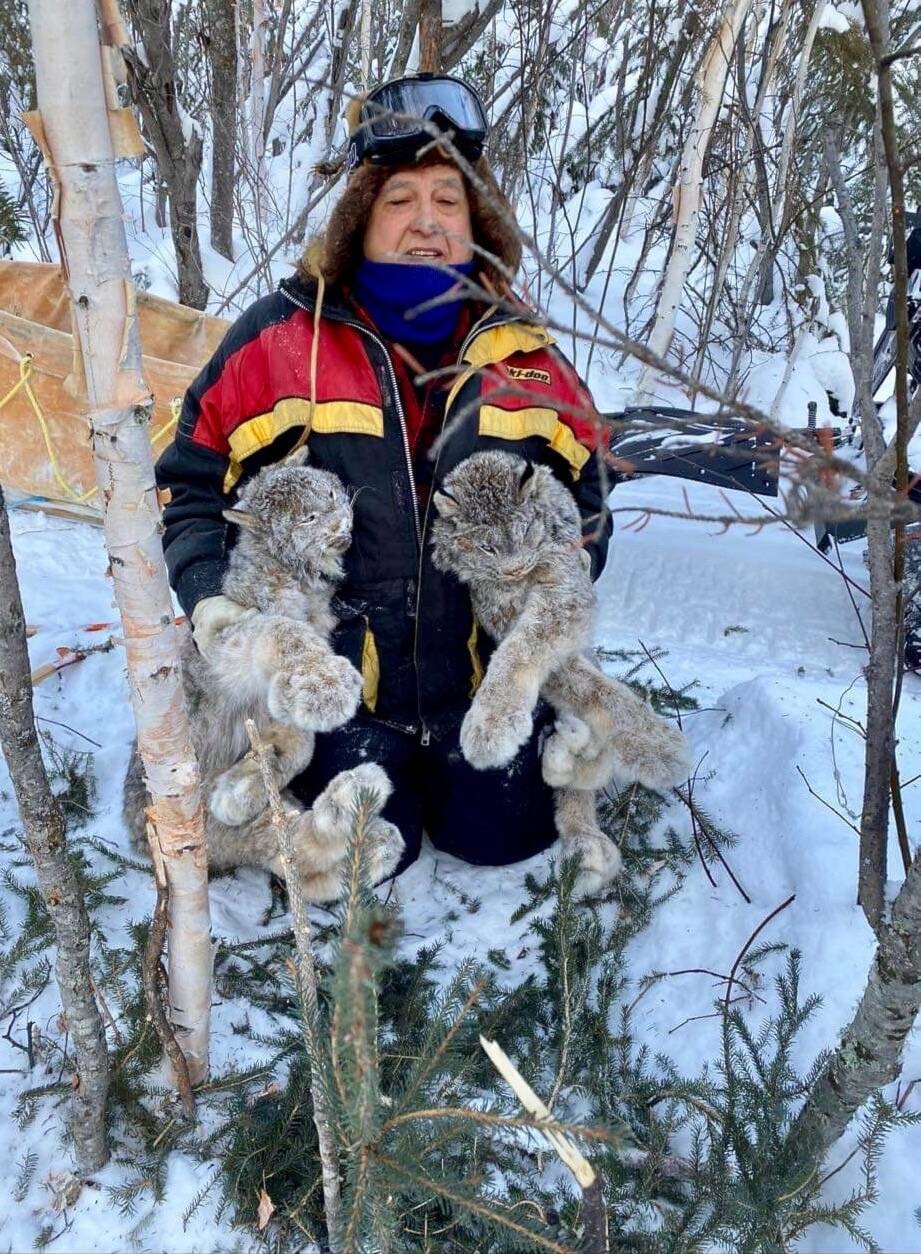In the span of more than 70 years, he’s been an electrician, a justice of the peace, a regional maintenance officer and a regional superintendent, to name a few job titles. But the continued legacy for Fort Smith’s Richard Mercredi is that he has been a fur trapper since he was a youth.
“I started trapping when I was a kid. I went in the bush and our whole family lived on a trap line,” Mercredi said of his early days participating in his Metis family’s way of life and the tradition he continues to this day.
“We trapped lynx, muskrats, beaver, wolves, wolverines, foxes, pretty much everything that was around,” he said, adding that many of the animals they caught were also for sustenance.
Mercredi said being a trapper decades ago was a more viable way of life for Northerners who relied on fur trapping for both an income and to put dinner on the table.
“In the old days, we trapped by dog team and then we fed them fish,” he said. “It’s a lot of hard work, but in the old days there weren’t that many jobs, especially in the winter. My dad told me one time him and my uncle Eugene Mercredi caught 7,000 fish for dog food because they each had a dog team.”
He said trappers would go out on the land in October to catch the fish, then harvest and dry them for their dogs throughout trapping season, which, depending upon the species being trapped, runs from the first of November until the end of May.
“We didn’t have to worry about gas or a $23,000 snowmobile and a sleigh to pull your equipment,” Mercredi said of the investment needed for modern-day trapping.
“Nowadays, it takes quite a bit of equipment. You need a reliable snowmobile, a rifle and a .22, and the other stuff that goes along with it, like an axe, a brushing axe and probably a chain saw,” he said.
“Then you need different traps. We use a leg-hold trap for muskrats. We use some leg-hold traps for lynx, wolverine and wolves and we use killer or Conibear traps for lynx and wolverines and beaver,” he said of the necessary gear. “So, there is quite a bit of equipment a young person has to invest in and nowadays a snowmobile is one of the biggest ones — they get pretty expensive and anywhere from $15,000 to $23,000. You are getting into a lot of money for trapping.”
“And if you are camping out, you will need a good eiderdown and groceries and pots and pans to cook in, and other gear,” he said. “It is quite an undertaking to get started.”

A wealth of enjoyment
These days, Mercredi and his wife Barb go out on the land together to trap, more so for the enjoyment of being outdoors and teaching their grandchildren to hunt and fish and how to harvest the animals they trap, he said.
“It is not so much making the money, it’s a way of life for us. We enjoy going out. It is hard work and at my age — I am 75 years old — and (I’m) still driving a snowmobile and hunting moose and harvesting animals and skinning and stretching, and it is good exercise.”
While there are still fur trappers across the NWT, especially in the smaller communities where gainful employment can be scarce, Mercredi said it’s not easy to find younger people to mentor into the role or for the younger generation to choose trapping as full-time work.
“It is more difficult nowadays because for the young people, if you work in a diamond mine, you are making a lot more money than you could make trapping. That makes it difficult. You are going to have to get people who like that kind of lifestyle.”
One advantage for trappers in smaller communities, he noted, is that while they are on the land harvesting animals, they could be fishing and catching other wildlife such as rabbits, moose, and a variety of “chickens,” such as ruffled grouse, spruce hen, sharp-tailed grouse and ptarmigan, to subsidize their food requirements.
Mercredi said they send the furs they harvest to auction and despite the market interruption due to Covid-19 and the Russian invasion of Ukraine, demand is starting to rebound.
Long line of trappers
Yet, for Mercredi, he said it’s most important for him to continue his family’s cultural tradition — one that goes back to his grandfather and great-grandfather, as well as his uncles and cousins.
“I think it is a good thing to keep in touch with your culture. My oldest cousin is 96 in Fort Smith — Pi Kennedy — he trapped for 85 years. He has trapped since he was eight years old,” Mercredi said.
“It is a very important part of our culture and also a way of life for us and that is a very important aspect.”
